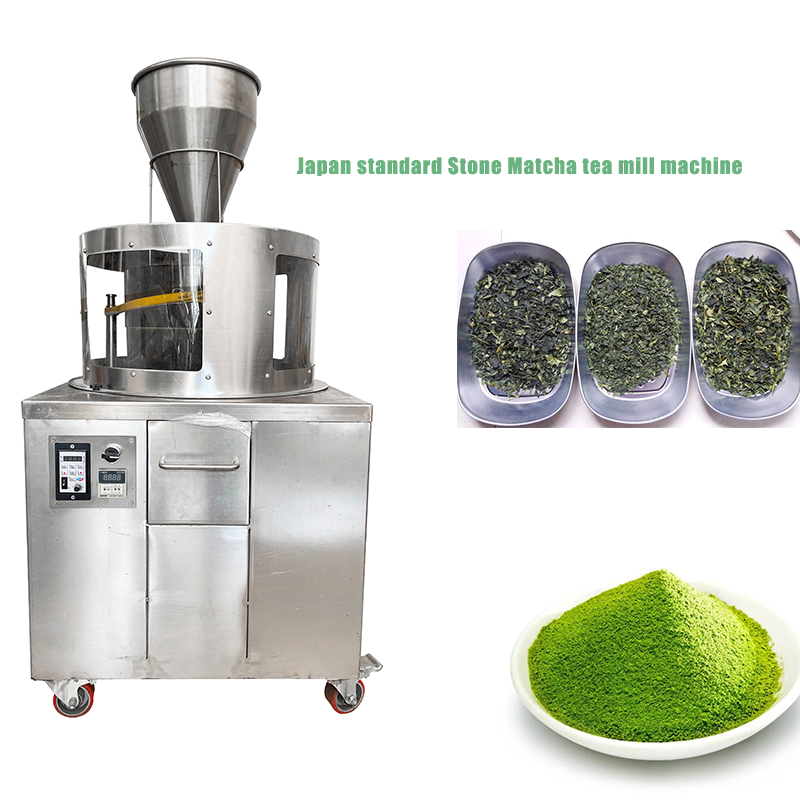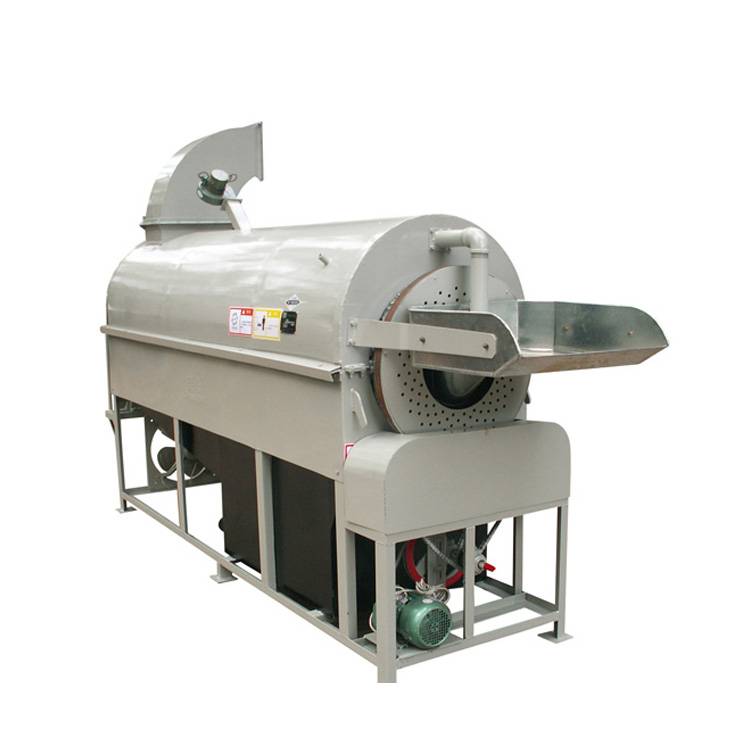Grinding is the most important step in the process of making matcha, and a stone matcha tea mill machine is an important tool for making matcha. The raw material of Matcha is a kind of small tea pieces that have not been rolled. There are two key words in its production: covering and steaming. 20 days before spring tea is picked, a scaffolding must be set up, covered with reed curtains and straw curtains, with a shading rate of more than 98%. There are also simple coverings, which are covered with black plastic gauze, and the shading rate can only reach 70~85%. Experiments have proven that using items of different materials and colors to shade tea has different effects.
“Covering and shading changes environmental factors such as light intensity, light quality, and temperature, thus affecting the formation of tea aroma quality. Open-air tea does not contain B-santalol. In addition to the high content of low-grade aliphatic compounds, other aroma components The content is significantly lower than that of shade tea”. The chlorophyll and amino acids of the covered green tea increased significantly. The carotenoids were 1.5 times that of open-air cultivation, the total amount of amino acids was 1.4 times that of natural light cultivation, and the chlorophyll was 1.6 times that of natural light cultivation. In this way, the green tea grinded by the Tea Leaf Grinder tastes better.
The fresh tea leaves are picked and dried on the same day, using a Tea Steaming Machine. Studies have shown that during the steaming process, cis-3-hexenol, cis-3-hexene acetate, linalool and other oxides in tea increase significantly, and a large amount of A-ionone, B-ionone and other ionone compounds, the precursors of these aroma components are carotenoids, which contribute to the special aroma and taste of Matcha.
Post time: Sep-21-2023


